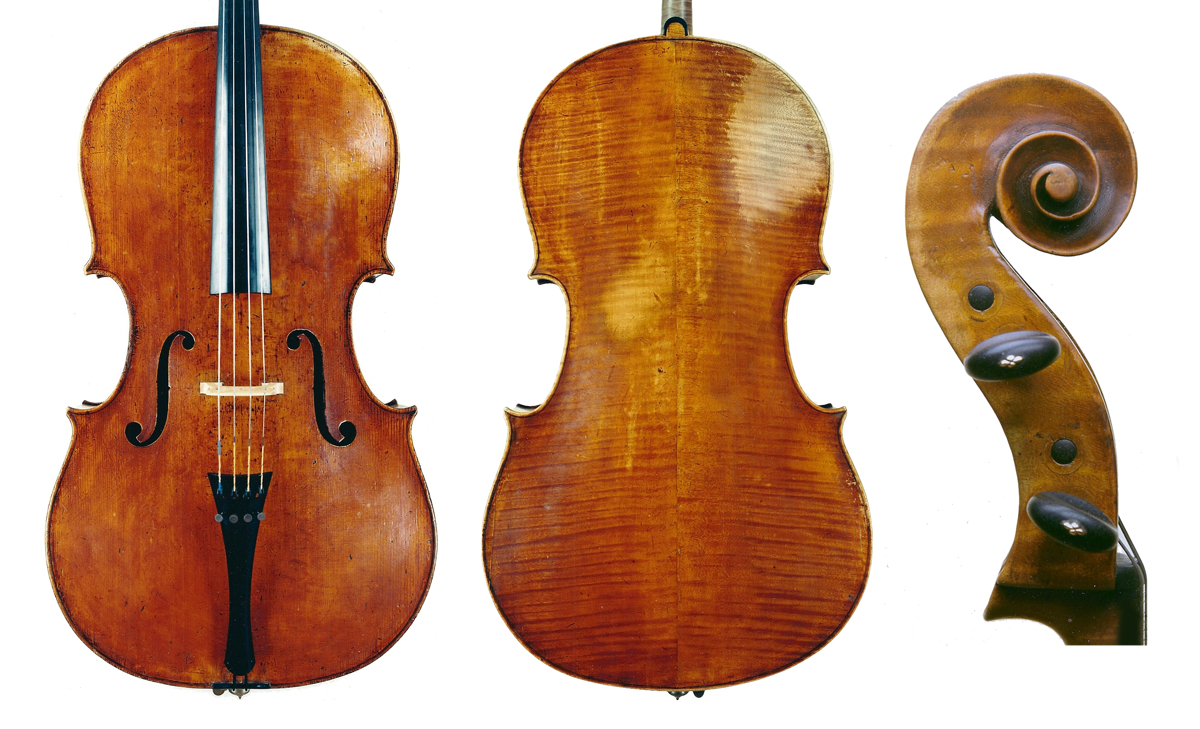The Portuguese cellist Guilhermina Suggia was described by some of her contemporaries as a ‘prima donna’ and a ‘diva’, suggesting that her temperament was perhaps narcissistic or capricious. Clearly she was a passionate, determined character, yet it would be misleading to take such comments at face value and thereby overlook her artistic qualities and the fundamental role that she played in promoting the cello – not only as a solo instrument, but also for female players.
When Suggia was born the musical world looked quite different from today. At the end of the 19th century only a few conservatories allowed women to enrol. And while male music graduates could join a professional orchestra, develop a career as a conductor or become a music professor at universities or other institutions, these paths were off limits to their female contemporaries, most of whom could hope at best to offer private lessons at home. At the time only a handful of women ventured on a solo career, and if they married they were expected to abandon any musical ambitions.
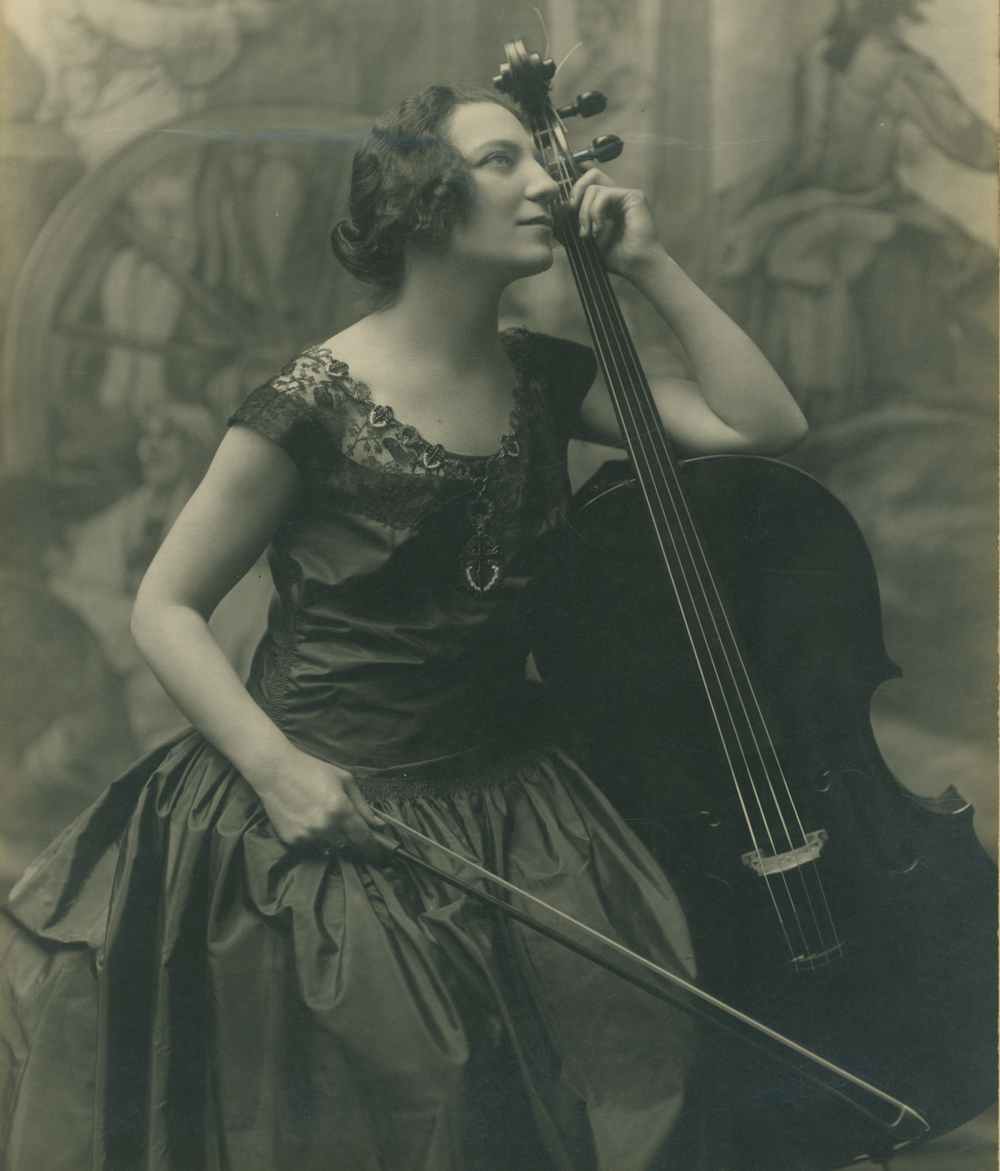
Guilhermina Suggia in the early 1920s
This must have been discouraging enough, but the situation was even worse for cellists, whose instrument was seen as quintessentially male. The German violinist and musicologist Wasielewski reflected the spirit of the time when he wrote in 1894 that the cello ‘lends itself far less to virtuoso exaggerations and confusions than does the easily portable violin, so favourably disposed for every variety of unworthy trifling. The masculine character of the Violoncello, better adapted for subjects of a serious nature, precludes this.’ [1]
This was the situation when Guilhermina Augusta Xavier de Medim Suggia was born in Porto to a middle-class family on June 27, 1885. Her father Augusto was a cellist and taught at the Music Conservatory of Lisbon. When Guilhermina’s elder sister, Virginia, was born in 1882, her father taught her to play the piano. He may have decided to reserve his own instrument, the cello, for a future son. But when Guilhermina was born three years later, the poor health of his wife, Elisa, perhaps convinced Augusto to pass his knowledge on to his second daughter.
Early Years
The sisters were soon able to perform in public and with remarkable results. Their first concert took place in their hometown, Matosinhos, as early as 1892. ‘Guil’, as her father used to call her, was only seven years old, but already musically advanced and able to thrill the audience: ‘The movement of the bow was strong and secure, very admirable for an age at which the fingers lack the strength and agility that only study and practice will bring with time. Her playing was so astonishing that the ladies and gentlemen got up to cheer her, covering her with kisses which she smilingly acknowledged.’ [2] In the following years the two sisters gave numerous concerts for clubs and societies until Guilhermina was spotted by the violinist and conductor Bernardo Valentim Moreira de Sá. He had founded the Orpheon Portuense in Porto in 1882 for the purpose of bringing together talented musicians such as Ferruccio Busoni, Fritz Kreisler, Jacques Thibaud, and Eugène Ysayë. Guilhermina performed regularly at the Orpheon Portuense between 1897 and 1901.
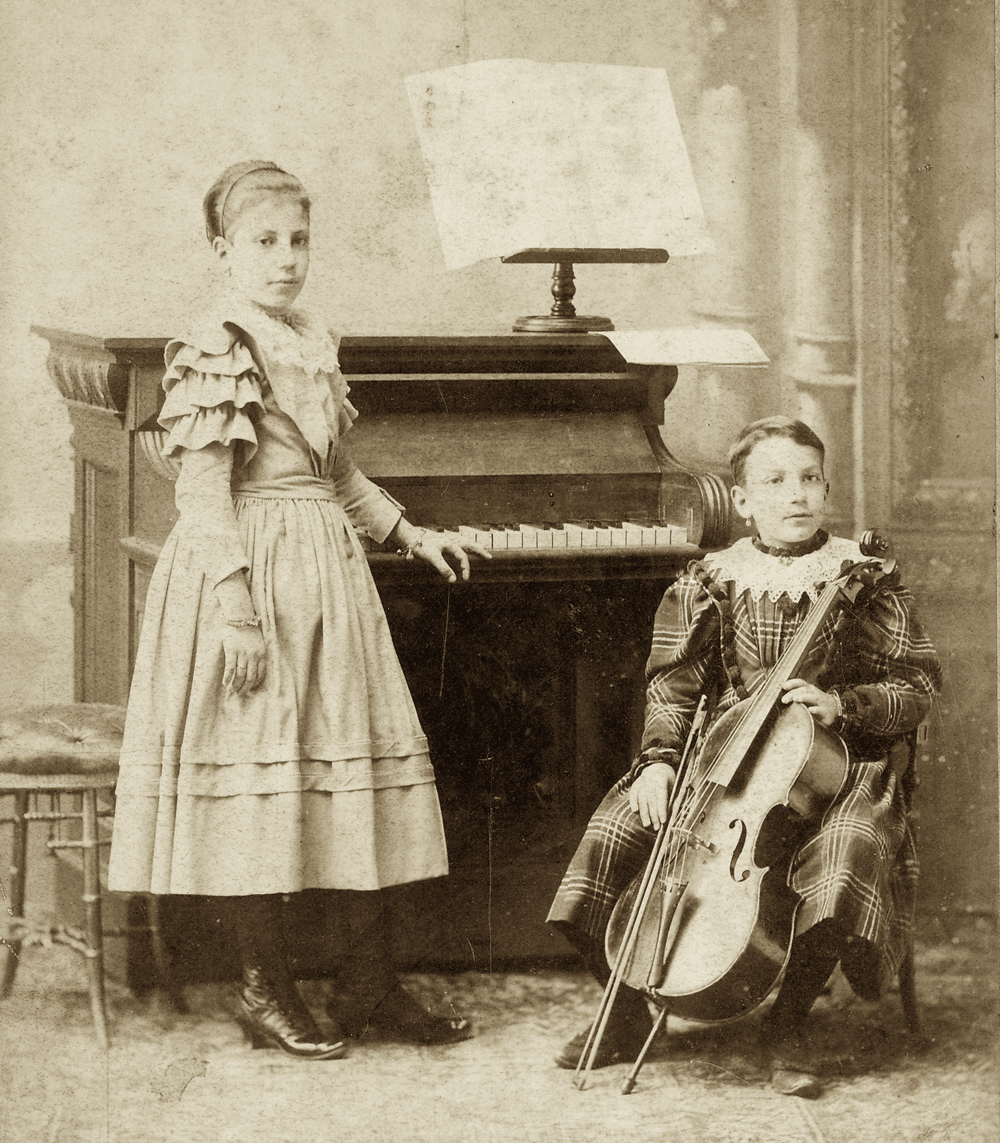
Guilhermina (right) aged seven, with her elder sister, Virginia
In March 1901 the sisters were invited to play for Carlos I, King of Portugal, his wife, Queen Amélie, and his court at the Necessidades Palace in Lisbon. Judging by the number of attendees from the royal family it is clear that the Suggia sisters had caused quite a stir. They did not fail to impress on this occasion, and a couple of weeks later the queen sent them two gold bracelets set with rubies and diamonds as a token of her appreciation. Furthermore, young Guilhermina was awarded a scholarship to fulfil her dream to study abroad.
Leipzig 1901–1903
The renowned cellist Julius Klengel agreed to take Suggia under his wing, so she and her father traveled to Germany, where they spent the following 16 months. Although Klengel was a professor at the Leipzig Conservatory, Suggia did not enrol there but rather took private lessons from him. Klengel praised her highly: ‘She is a cellist with the highest artistic merit, who has no reason to fear comparison with cellists of the masculine sex.’ [3] He even dedicated to her his Caprice in the Form of a Chaconne after a Theme by Schumann, op. 43.
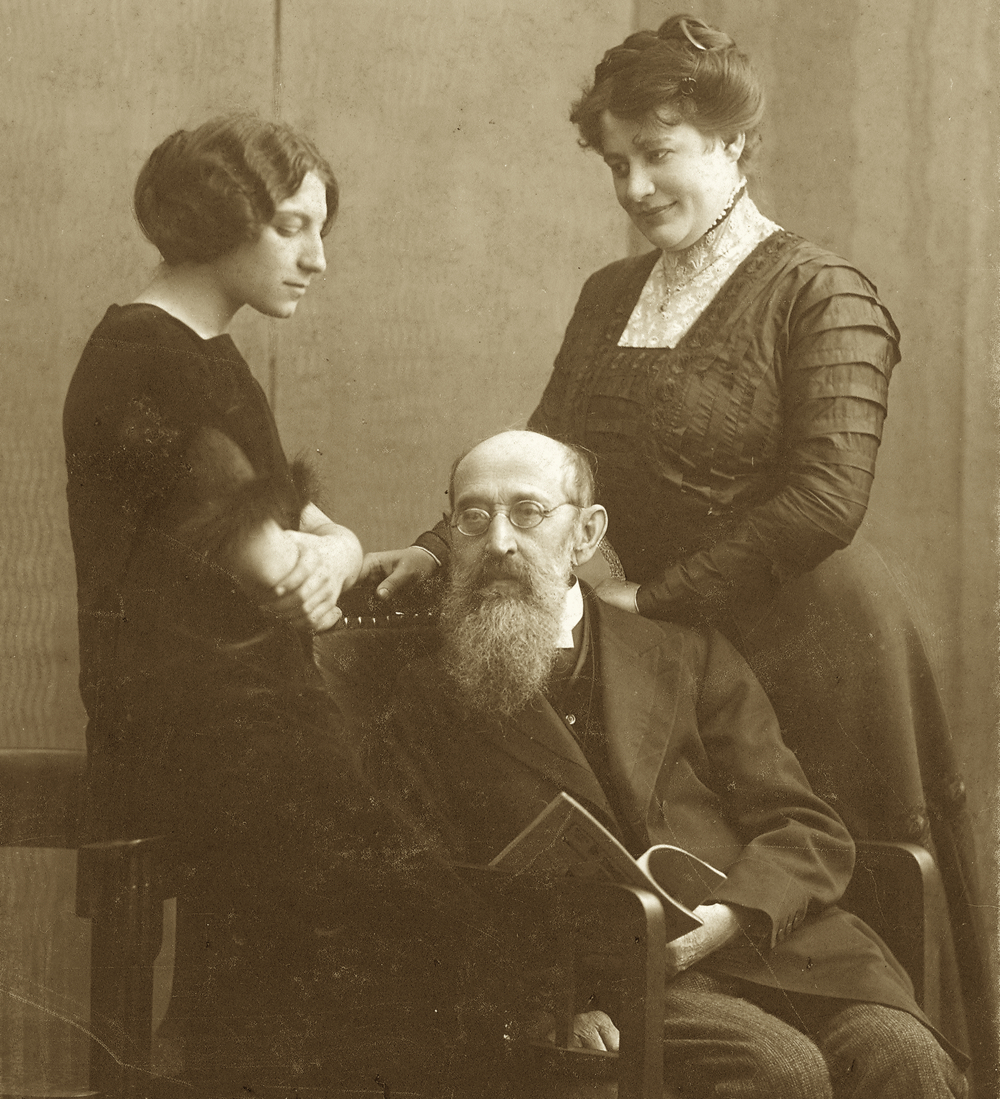
Suggia (left) with her teacher Julius Klengel (the woman on the right is thought to be Klengel’s wife)
Suggia’s abilities were also noted by Arthur Nikisch, the director of the Leipzig Gewandhaus Orchestra, who warmly supported her official debut on February 26, 1903, when she played Robert Volkmann’s Cello Concerto op. 33 with the Gewandhaus Orchestra under Nikisch’s direction. With this triumph, her time in Leipzig came to an end. She was now a celebrity. The audience was fascinated by this young woman, who could charmingly tame a cello, and even Wilhelm, Crown Prince of Hohenzollern, fell under her spell. [4] In the following couple of years Suggia performed throughout Europe, finding at last a new home in Paris.
Paris and Casals 1906–1913
Suggia’s name is often mentioned in connection with that of Pablo Casals. The two had first met in Espinho, Portugal, in the summer of 1898. The 22-year-old Catalan cellist had already managed to make a name for himself as a musician and Suggia was only 13 at the time but nevertheless she impressed Casals so much that he agreed to teach her during his short stay in Espinho. But Suggia always refused to be considered as a mere student of Casals, even though she admitted that he influenced her very much. [5] When she was asked to mention the world’s best cellists, she answered: ‘The end of the 19th and the beginning of the 20th century has in Pablo Casals the greatest of all, the one that carried to a much higher degree the cello technique; and it will be due to him that the cello will take rank, not only by the side of the violin, but as the first bow instrument there is.’ [6]
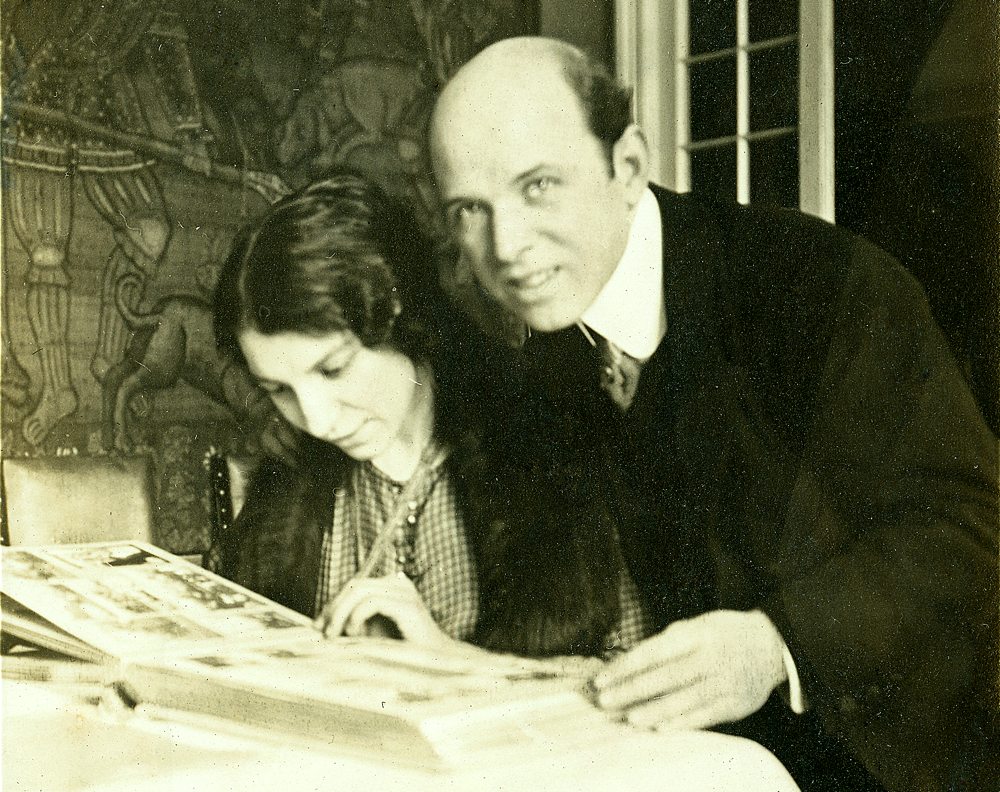
Suggia with Pablo Casals – she was often introduced as ‘Madame Pablo Casals’ although they never married
Their relationship probably began around 1906. Casals was staying at no. 20 Villa Molitor in Paris and Suggia had moved in by early 1907. Despite Casals’ fame, the two seemed to have maintained quite an equal relationship. Evidently they shared the same dedication to the cello. Casals’ words: ‘Do not count on the last moment that will solve your problems. I do not believe in sudden enlightenments. I never improvise myself,’ [7] reveal a meticulous, rigorous and almost religious approach to music, which Suggia appears to have shared. They both constantly traveled to give concerts, but when they were at home they gathered together a sparkling group of musicians, intellectuals and artists in the best tradition of the French literary salons. Around this time Emánuel Moór composed a D major Double Cello Concerto for them, while Donald Tovey dedicated his Sonata for Two Cellos to the pair.
Comments from their closest friends suggest that Suggia suffered from Casals’ excessive jealousy, while he accused her of being a libertine
Although Suggia was often introduced as ‘Madame Pablo Casals’ and even changed her signature to ‘Guilhermina Suggia-Casals’ at some point, the two never married. After they parted ways in 1913, there was widespread speculation about the reasons, but they refused to talk about it. Nothing of their written communication seems to have survived, but comments from their closest friends suggest that she suffered from his excessive jealousy, while he accused her of being a libertine. Perhaps also significant was the fact that having children would have signalled the end of her career as a cellist – this appears to have been a price Suggia was not ready to pay.
London 1914–1924
After their separation Casals moved to America. Suggia initially remained in France with her mother, where she worked for the Red Cross at the outbreak of the First World War, and then began a new life in London. She gave concerts, often accompanied by the pianist George Reeves, and became increasingly popular. She was the favourite artist of King Edward VII and the politician Austen Chamberlain. The latter apparently ‘did not like music unless it was played by Guilhermina.’ [8]
A new man at her side, Edward Hudson (1854–1936), contributed to her celebrity. Hudson was the founder of the magazine Country Life, which often featured Suggia in the 1920s. Their engagement was announced in 1919. Hudson, who himself was an amateur cellist, gave her his cello, a Stradivari of 1717, which she kept for the rest of her life. This was her favorite instrument for solos and pieces accompanied by piano. (Read more about the history of the ‘Bonamy Dobrée, Suggia’ Stradivari cello.)
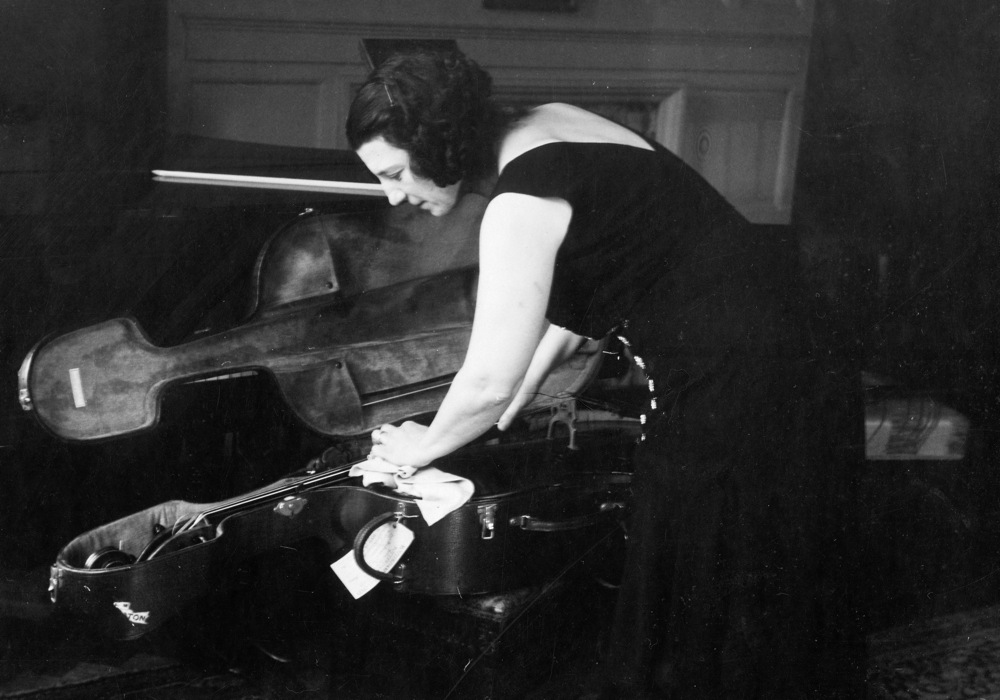
Suggia putting her Stradivari cello in its case, 1930s
Around this time the media emphasized Suggia’s unusual, personal style. She was described as being ‘masterly with Bach, very graceful, tender and fluent with Haydn, and warmly romantic with Dvořák.’ [9] But her temperament was also discussed: ‘I believe that it is urged against this beautiful artist as a fault that she is “too emotional.” Certainly if your ideal of the interpretation of music is one in which the personality of the interpreter is not obtrusive Suggia does not fulfill it. She does not leave you to judge whether she has hit on the right expression of a phrase, but tells you that she knows she has, with her face and gesture. As I always feel she is right I do not rebel against this arrogance. […] There were moments in the Brahms’s Sonata when a note was not perfectly in tune. Those were the moments when Suggia was being most recklessly generous in her outpouring of spiritual energy. Had she been more miserly her playing would have been perfect, but the motive which led to the slight imperfection was in itself a great thing.’ [10]
‘[Suggia] does not leave you to judge whether she has hit on the right expression of a phrase, but tells you that she knows she has, with her face and gesture. As I always feel she is right I do not rebel against this arrogance’
Nothing can better exemplify this time in Suggia’s life than the portrait of her painted by Augustus John between 1920 and 1923. She is depicted in a gorgeous crimson gown, playing her Montagnana cello. The painting captures her symbiotic relationship with her cello and on close observation it appears evident that she was not simply posing with the instrument but actually playing it, as she herself confirmed: ‘My “pose” explains the secret of the whole portrait – I was playing. During practically the whole of the sitting I was actually practicing – not merely pretending to play, as most artists would have arranged it, but actually expressing the music of Bach.’ [11]
Suggia used to describe it as ‘our’ picture [12] but, to her great disappointment, as soon as the painting was completed it was purchased by an American collector and left the UK. Great complaints arose against the loss of the painting until the British art dealer Sir John Duveen convinced the owner to sell it to him and donated it to the Tate Gallery in London, where it is still exhibited today.
Porto 1925–1950
At some point it became clear that Suggia was not going to marry Hudson after all. The two remained friends, but their relationship eventually withered. Suggia, probably influenced by her demanding profession and her ageing parents, expressed the desire to return to Portugal. She bought a house for her parents in Porto, at no. 894 rua da Alegria, and then went to live just down the street, at no. 665, with Dr José Casimiro Carteado Mena (1876–1949), a radiologist and director of the Pasteur Institute of Porto, whom she had married in August 1927. They had met around 1923 when Mena began to attend to Suggia’s mother, who needed constant medical care. Their marriage lasted until Mena’s death in March 1949. Having a husband at home keeping an eye on her parents enabled Suggia to continue her career. She even tried to set up an American tour, but had to call it off due to the prohibitive costs. In the 1930s she played mostly in England and Portugal, but hardly left her country during the Second World War, which she spent both performing and volunteering for the Red Cross.
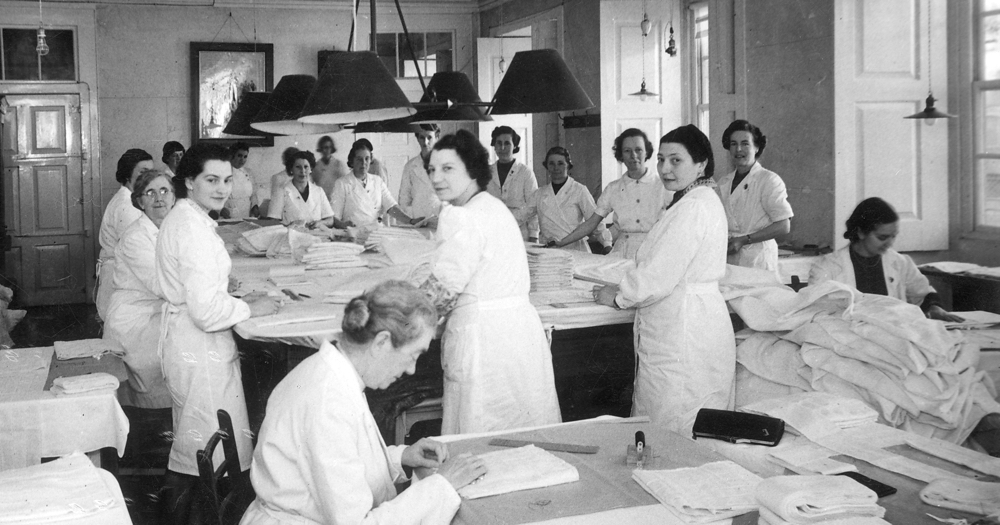
Suggia (standing, center) working for the Red Cross in Porto during World War II
Nevertheless, England remained her adoptive country, where she was particularly celebrated. She performed one last time there at the Bournemouth Winter Gardens on October 22, 1949. By this time her health had dramatically declined and she was suffering abdominal pains. Perhaps it was this that urged her to write to Casals after more than 30 years. He was engaged in a festival to commemorate Bach’s 200th anniversary in the Pyrenees and Suggia expressed the desire to attend: ‘Cher Ami, I write you with emotion, and I hope you won’t refuse me, but it concerns your Festival at Prades. I so want to hear you and see you again that I’ve arranged with a good friend to bring me to France […] I would not wish to die without hearing you, cher maitre, and seeing you again. I have been quite sick lately and although I feel somewhat better at the moment, I doubt that I will be able to continue my career for much longer. […] I remain your devoted admirer. Do you remember the little 11-year-old girl [13] who went to Espinho to take lessons with you? Au revoir, j’espere.’ [14]
‘I remain your devoted admirer. Do you remember the little 11-year-old girl who went to Espinho to take lessons with you? Au revoir, j’espere…’
Dr René Puig, who ran the festival office, answered her letter apologising for his friend, who – he assured her – was too busy to reply himself but very moved by her words. [15] According to her request, two rooms had been reserved for her and tickets would also be available. Unfortunately, Suggia’s health did not allow her to go. She gave a last concert in Averio, near Porto, on May 31, 1950, and then went to London in order to undergo surgery. During her stay in England a flock of admirers took the opportunity to pay her a last visit. Even Queen Mary sent flowers and a note. [16] Debilitated but not yet defeated, Suggia told Ivor Newton, who was supposed to play with her in the following months: ‘Please do not consider our concerts cancelled, they are only being postponed.’ [17]
But there was no recovery. Suggia faced her imminent death with the clear approach that distinguished her entire life. She made her final journey to her home in Porto, where she set about making arrangements: ‘She selected the dress she wished to be buried in; she had her hair done and her fingernails painted. Finally she lay down to die, instructing her maid to place her beloved Montagnana cello on the bed alongside her. It was the night of July 30, 1950.’ [18] Suggia died later that same night.
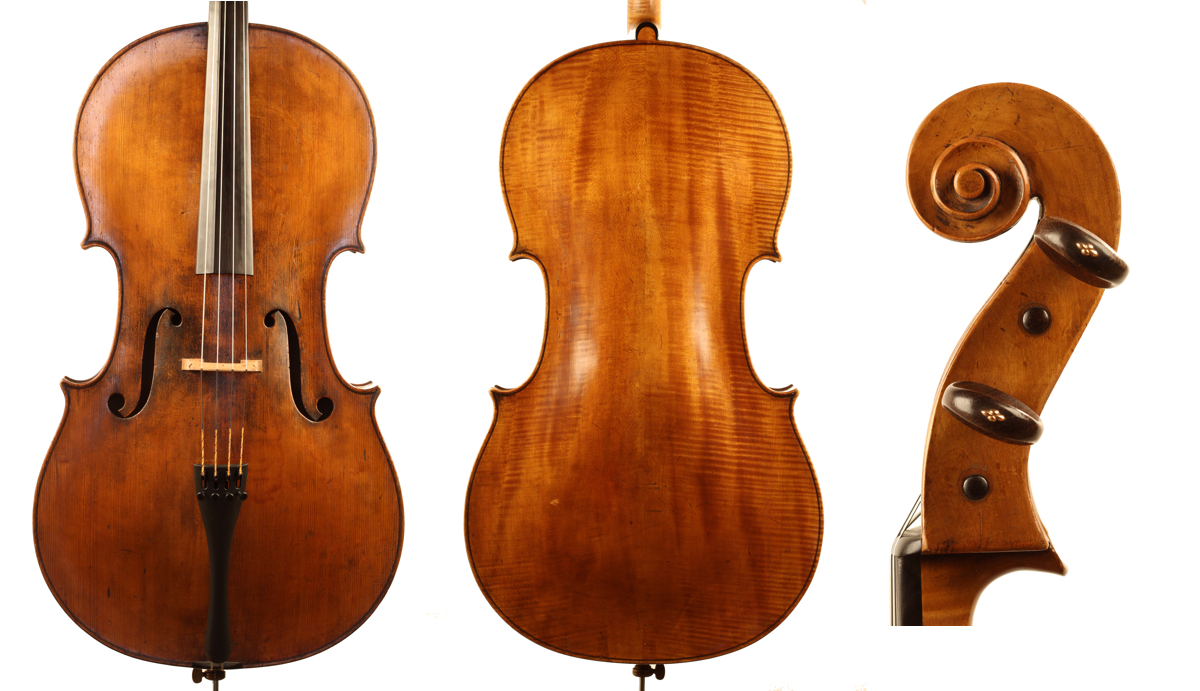
Suggia’s Lockey Hill cello, which she bequeathed to the National Conservatory of Lisbon. Photos: Christian Bayon
More photosFollowing her wishes, Suggia’s Stradivari cello, together with her Tourte and Voirin bows, were sold in order to found an annual scholarship in her name for the most talented cellist of the Royal Academy of Music of London; its recipients have included Jacqueline du Pré, Steven Isserlis and Julian Lloyd Webber. In the same way, the sale of her Montagnana was used to found a scholarship for the best cellist of the Conservatory of Music of Porto. She bequeathed her third instrument, a Lockey Hill, to the National Conservatory of Lisbon in homage to her father, who had been a pupil there.
Guilhermina Suggia was extraordinary both as a cellist and as a woman. Being her ‘own harshest critic’, [19] she never rested on her laurels, but constantly practised to achieve perfection. Thanks to her passion, determination and ability, she has gained a worthy place in the history of this instrument.
All images of Suggia reproduced by kind permission of the Câmera Municipal de Matosinhos.
Also this week: Alessandra Barabaschi explores the history of the ‘Bonamy Dobrée, Suggia’ Stradivari cello. Read feature.
Alessandra Barabaschi is an Italian art historian and has authored several books including the four-volume ‘Antonius Stradivarius’.
Notes
[1] Wasielewski, Wilhelm Joseph von, The Violoncello and Its History, Novello and Co. Ltd., London, 1894, pp.212–213.
[2] Jornal de Notícias, Porto, October 13, 1892, Câmara Municipal de Matosinhos, Biblioteca Florbela Espanca, and Arquivo Histórico Municipal, Matosinhos, Guilhermina Suggia Collection also quoted in Mercier, Anita, Guilhermina Suggia: Cellist, Ashgate, Aldershot, 2008, p.4.
[3] Pombo, Fátima, Guilhermina Suggia: A Sonata de Sempre, Edições Afrontamento/Câmara Municipal de Matosinhos, Matosinhos, 1996, p.60.
[4] Letter from Suggia, Guilhermina, March 11, 1905, reproduced in Pombo, Fátima, Guilhermina Suggia or the Luxuriant Violoncello, Fundação Eng. António de Almeida, Porto 1993, p.129.
[5] Mercier, Anita, Op. cit. pp.8–9.
[6] Suggia, Guilhermina, ‘The Violoncello’, Music & Letters, no. 2, vol. I, London, April 1920, pp.104–110.
[7] Gavoty, Bernard, ‘Zwanzig grosse Interpreten’, Editions Rencontre, Lausanne, 1966, p.80.
[8] Pombo, Fátima, Guilhermina Suggia or the Luxuriant Violoncello, Op. cit., p.167.
[9] S. G., ‘Guilhermina Suggia’, The Strad, London, April 1923, p.554.
[10] St John, Christopher (in fact Christabel Marshall), ‘Madame Suggia and Others’, Time and Tide, London, November 5, 1920.
[11] Suggia, Guilhermina, ‘Sitting for Augustus John’, Weekly Dispatch, London, April 8, 1923.
[12] Ibid.
[13] Suggia was in fact 13 years old when she first met Casals in Espinho.
[14] Suggia, Guilhermina, Letter to Pablo Casals, May 10, 1950.
[15] Mercier, Anita, Op. cit., pp.115–116. Gourdin gives a similar account: ‘Quand la fin viendra, en espérant qu’elle ne tard pas, je me ferai habiller et coiffer. J’étendrai mon cher montagnana à côté de moi sur le lit et mon dernier regard sera pour lui.’ Gourdin, Henri, La Suggia – l’autre violoncelliste, Editions de Paris-Max Chaleil, Paris, 2015, p.193.
[16] Suggia, Guilhermina, Letter to her maid Clarinda dated July 5, 1950, reproduced in: Pombo, Fátima, Guilhermina Suggia or the Luxuriant Violoncello, Op. cit., p.176.
[17] Newton, Ivor, At the Piano, Hamish Hamilton, London, 1966, p.149.
[18] Mercier, Anita, Op. cit., p.116 and Gourdin, Henri, Op. cit, p. 193.
[19] Marques da Cunha, interview with Guilhermina Suggia released on O Primeiro de Janeiro, Jan 12, 1943, as translated in Mercier, Anita, Op. cit., p.13.
